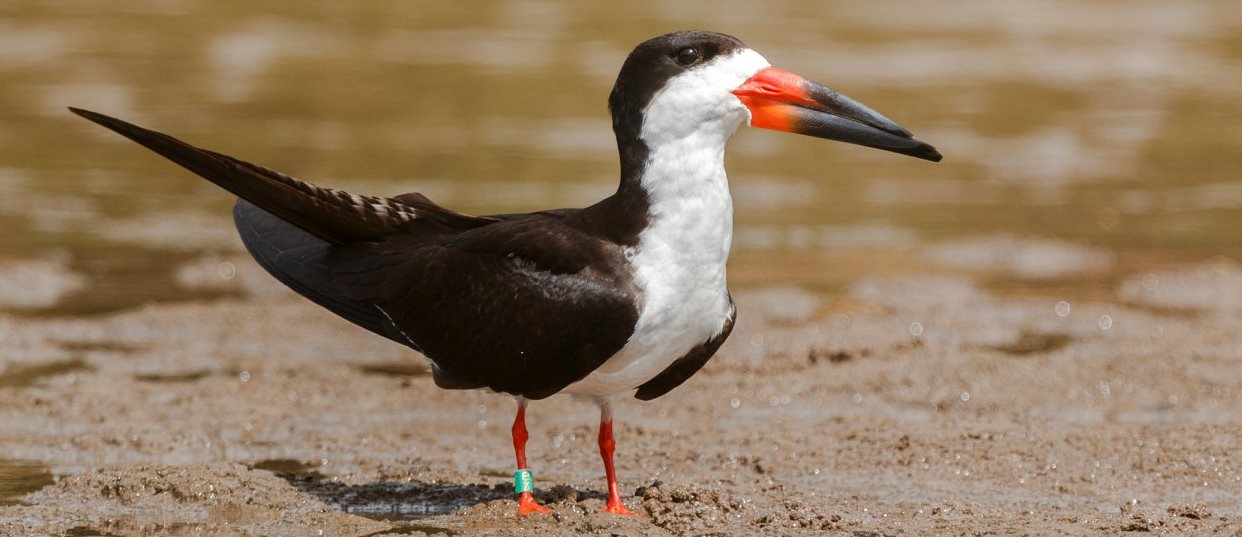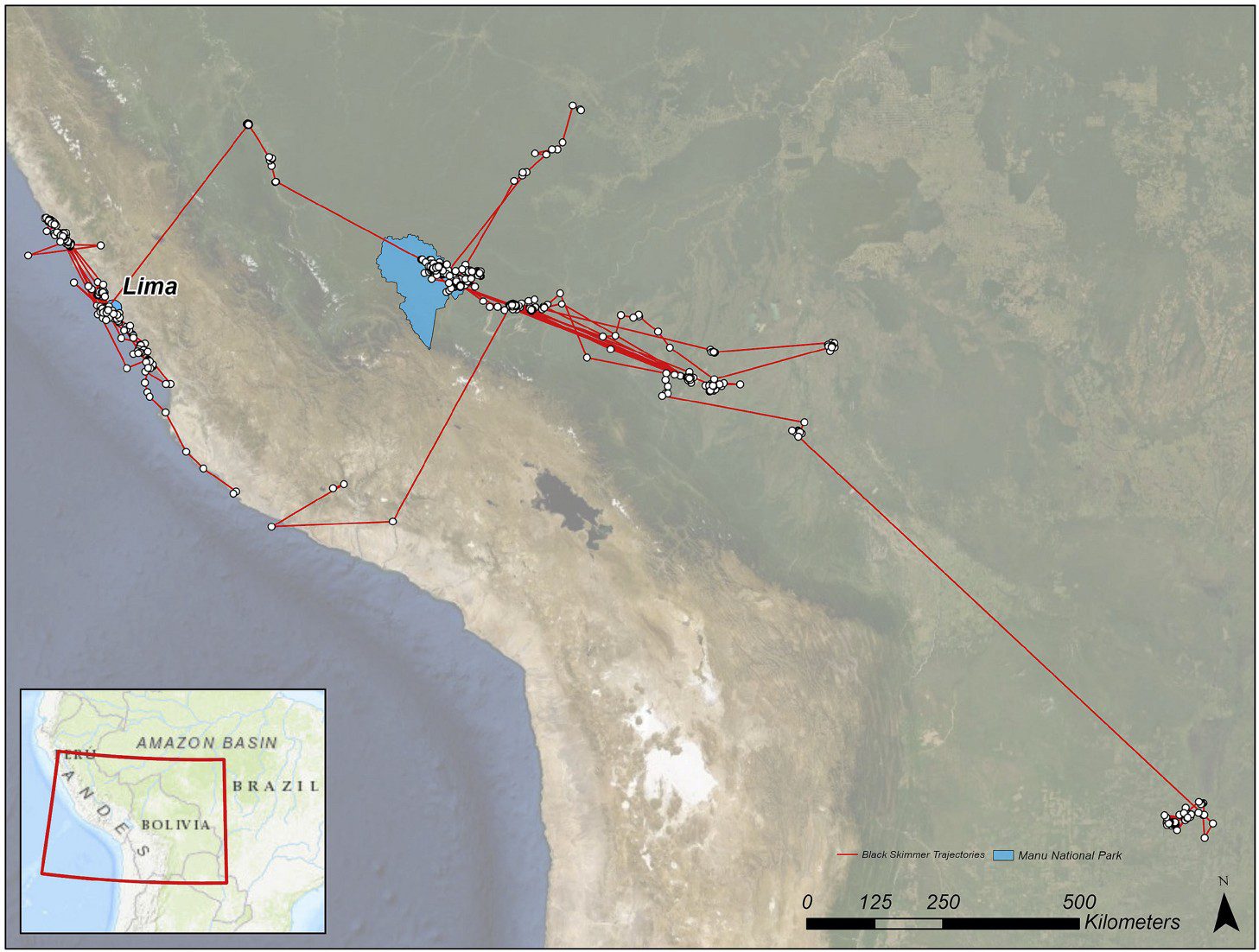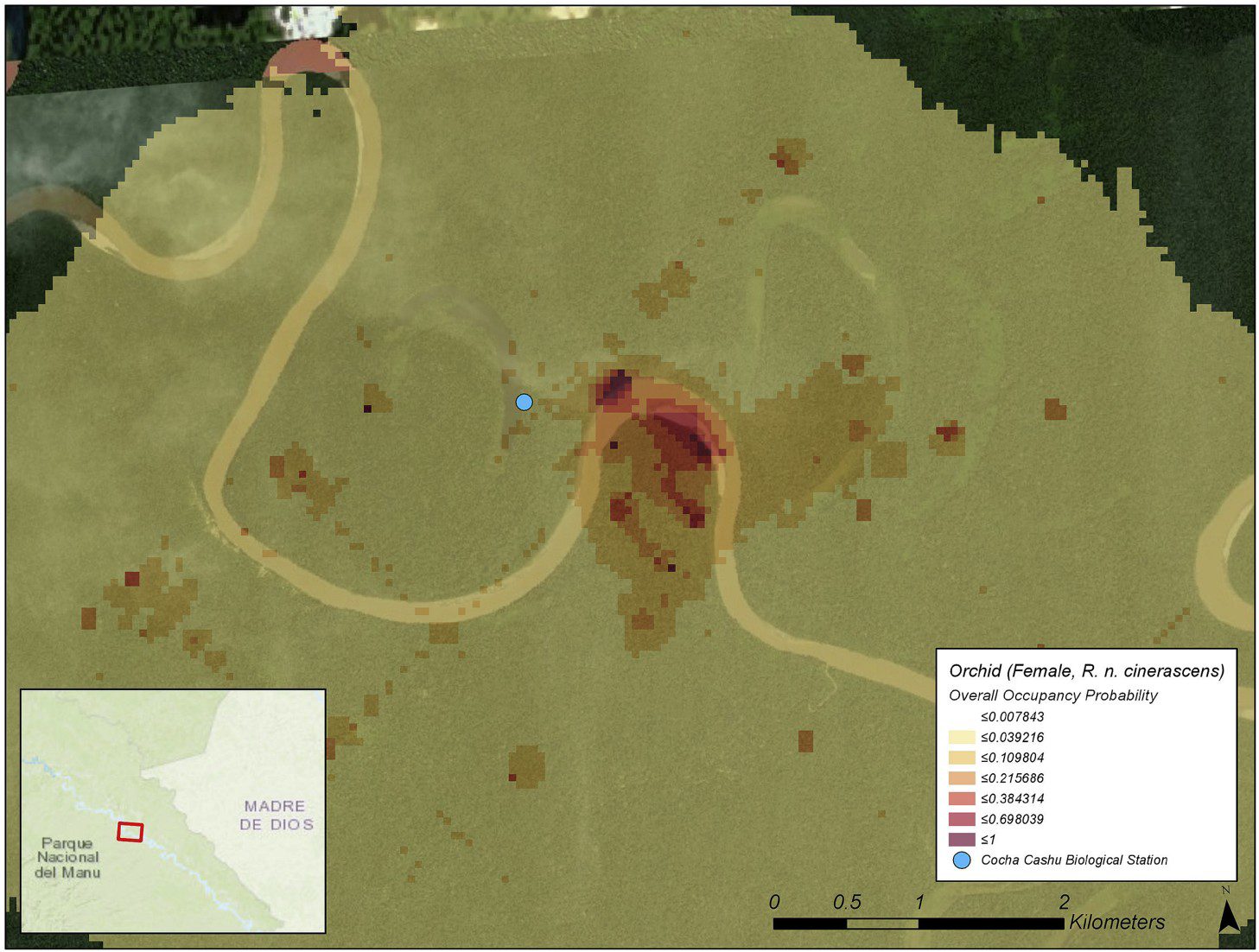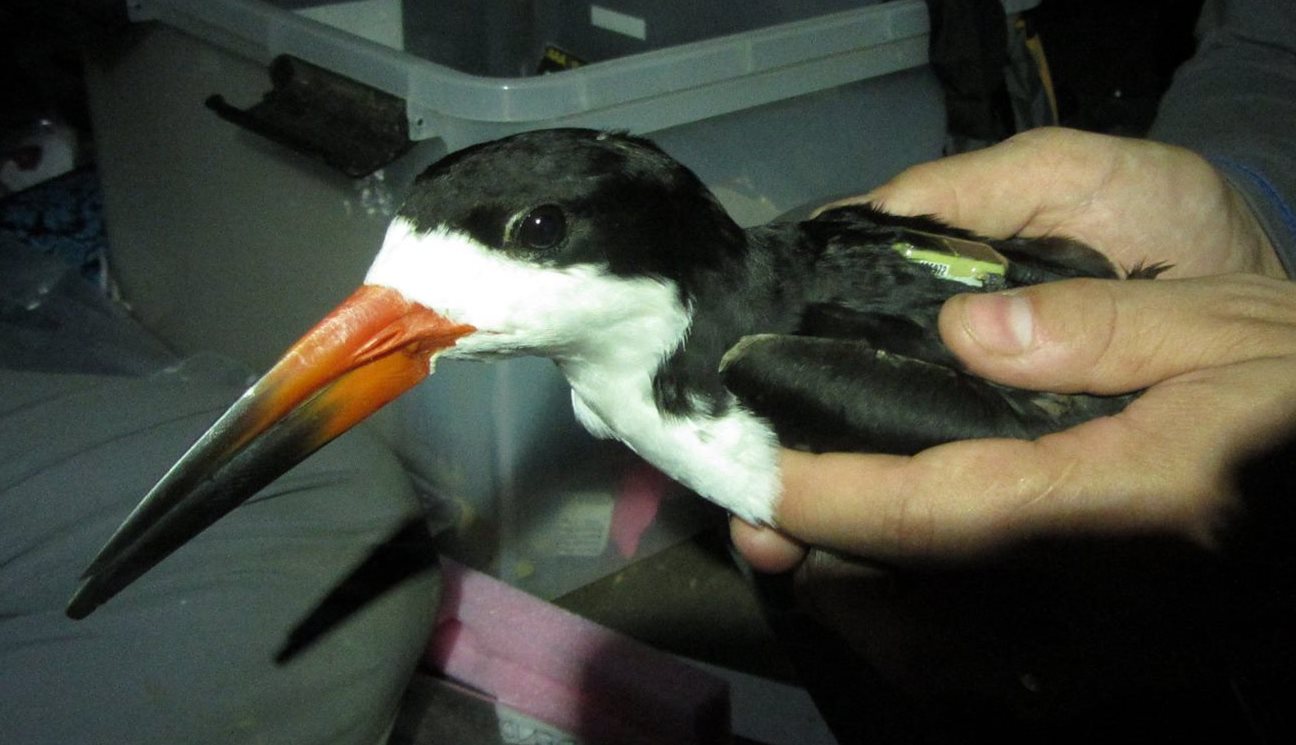← Back
Modelling Amazonian black skimmers habitat use

The Amazon Rainforest is hard to reach, but home to a large number of species. Birds like the Amazonian black skimmers live apart of their life there, but move around a lot. Argos satellite telemetry enable researchers to analyze mathematically the birds’ use of the environment, so as to better protect them.
Black skimmers (Rynchops niger) are migratory piscivorous waterbirds living in the Americas. There are six subspecies , including two South American subspecies Rynchops niger cinerascens breeding within the Amazon and Rynchops niger intercedens that breeds along the Atlantic coast of South America. There are no available population estimates for the Amazonian black skimmer, but the Atlantic sub-species of South America (Rynchops niger intercedens) may number 25,000–100,000 individuals.
Black skimmers are thus named from the way they fish, skimming over the surface of the water and catching fish and crustaceans within the top 6 cm of the water using their specialized bill. They are known to forage across shallow coastal and riverine habitats at dawn, dusk and overnight. Other than that, little is known about the Amazonian black skimmers’ use of the complex inland Amazon region, seasonally or daily.
Modelling black skimmer habitat use
The southwestern basin of the Amazon Rainforest is very remote making bird movement research very difficult. Amazonian skimmers can travel widely ranging from 40 km up to 1500 km, thus making their behavior impossible to monitor by visual studies only. Satellite telemetry enables researchers to track such movements in very remote areas where travel is difficult, though. In 2014, seven Amazonian black skimmers were equipped with 5-g solar-powered Argos PTTs in Manu National Park (Madre de Dios province, Peru), an area remote from human activities.
More info about animal tracking with Argos

The area of study (in blue Manu National Park) and all the locations from the seven black skimmers tracked (from [Loraamm et al, 2020])
These birds sent 750 fix locations, over an area of 2,2M km2. A mathematical analysis (probabilistic voxel based space-time prism) was used to derive information on space and habitat use the skimmers are using (like in Restoring rice paddies to help oriental white stork reintroduction success in Japan, Unveiling the mysteries of a scarcely known seabird, the Beck’s petrel, Dugong movements and habitat use in coral reef lagoons, Tracking bottlenose dolphins by night in narrow channels, Argos helps to define a protected area for elephants in Cameroon, Studying black caimans in and out of their pond). Moreover, the time at which those habitats are used for the small Manu National Park population is also derived. Once the mathematical analyses were complete, skimmer data was overlaid with ESA CCI land cover dataset for the appropriate year, in order to define the habitats involved.
Black skimmers opportunistic use of shrimp farms

Example occupancy probability for a given Amazonian black skimmer (nicknamed “Orchid”), showing part of the potential areas of movement (tan) and areas of higher habitat use (red), overlaid with imagery of the area. (from [Loraamm et al, 2020])
This mathematical approach identifies daily habitat use patterns for black skimmers, confirming already known or suspected uses, such as proximity with wetlands (for foraging) at dawn, dusk and overnight. Results for early daylight hours show sustained increases in occupancy for shrub or herbaceous cover, flooded, fresh/saline/brackish water. A new result found by the time analysis, is the use of urban areas at dusk and in the early evening which may be associated with black skimmers’ visiting shrimp farms to feed. Urban areas represent the 9th most abundant cover type accessible to skimmers in the statistics for daylight, but they are the third-most occupied habitat in the evening hours.
Benefitting conservation efforts
The results of this research may hint to where Amazonian black skimmers can be found at a given hour of the day, thus helping field observations, especially inland, where the Manu National Park is hard to reach. More direct observation of inland populations could benefit conservation efforts by allowing researchers to highlight important areas to be conserved by understanding space and habitat use of the Amazonian black skimmer provided that more of the population is tracked.
Reference & links
- R.W.Loraamm, K.S.Goodenough, C.Burch, L.C.Davenport, T.Haugaasen, A time-geographic approach to identifying daily habitat use patterns for Amazonian Black Skimmers, Applied Geography, 118 (2020) 102189, https://doi.org/10.1016/j.apgeog.2020.102189
- https://www.laridresearch.com
- https://www.facebook.com/laridresearch
- ESA CCI land cover
Photo: an Amazonian black skimmer (credit Emil Rivas Mogollón)

